Many people might not know this, but it is easy to make unsalted butter salted. You can do it the opposite way by making salted butter unsalted. All you need is a little bit of patience and the right ingredients. Here are a few simple steps to help get you started.
There are a lot of debates on the internet about salted butter VS unsalted butter. Some people say that there is no difference, while others swear by the benefits of using salted butter.
But what if you want to use salted butter in a recipe but don’t have any on hand? Can you make unsalted butter salty? And if so, how? Read more to find out!
It’s possible to make salted butter unsalted?
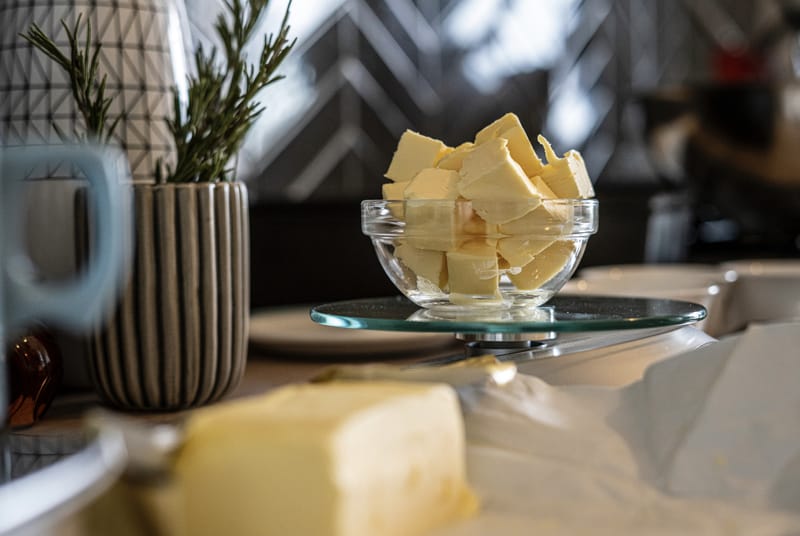
Yes, it is possible to make salted butter unsalted. One way to do this is to soak the butter in cold water for several hours, rinse it and dry it thoroughly. Another method is to add a small amount of unsalted butter to the salted butter and mix until the desired consistency is achieved.
However, it is important to note that both of these methods will slightly alter the taste and texture of the butter. If you are looking for a completely unaltered product, it is best to purchase unsalted butter from the store.
It’s possible to make unsalted butter salted?
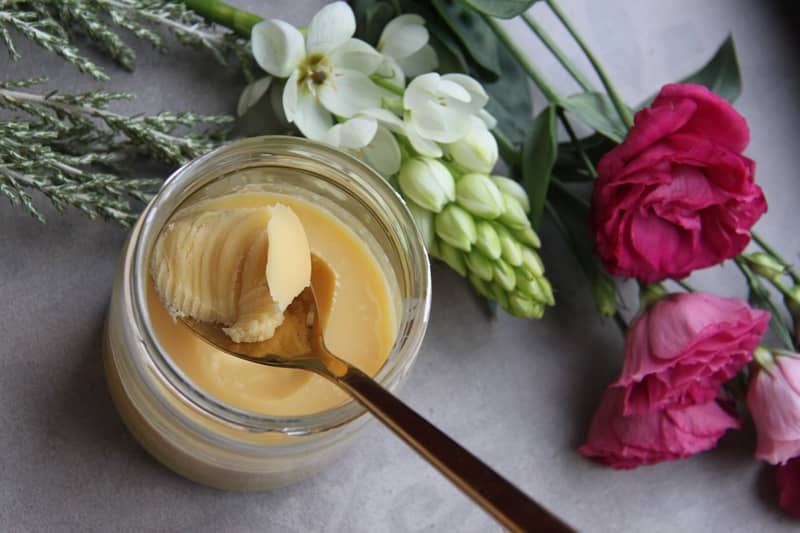
An old saying goes, “you can’t make a silk purse out of a sow’s ear.” Well, in the case of salted butter, it seems you can. It is indeed possible to make unsalted butter salted. All you need is a little salt and some elbow grease. (And maybe a dash of cream, if you’re feeling fancy.)
The process is simple: add salt to unsalted butter and mix until combined. The amount of salt you’ll need will depend on your taste, but start with a little and add more.
Give your newly salted butter a try on some toast, or use it to flavor a dish. Now that you know how easy it is to turn unsalted butter into its salty cousin, there’s no excuse not to experiment! You might just find that you like your butter a little salty after all.
Can you add salt to unsalted butter?
You might be surprised to learn that you can add salt to unsalted butter. Many chefs believe that adding a pinch of salt to unsalted butter helps to bring out the butter’s natural flavor.
Of course, you’ll want to use a light hand when adding salt, as too much can quickly overwhelm the delicate flavor of the butter.
Once you’ve added the desired amount of salt, simply stir it into the butter until evenly distributed. Then, you can use the salted butter in any recipe that calls for unsalted butter. So next time your recipe calls for unsalted butter, don’t hesitate to reach for the salt shaker.
How much salt do you add to unsalted butter?
The answer to this question depends on how much you like your food to be salty.
If you’re the type of person who likes to add a little bit of salt to everything, you might want to add a pinch or two to your unsalted butter.
On the other hand, if you’re trying to cut down on your sodium intake, you can probably get away with not adding any salt at all.
Ultimately, how much (or how little) salt you add to your unsalted butter is up to you. Remember that a little goes a long way, so start with a small amount and then adjust to taste.
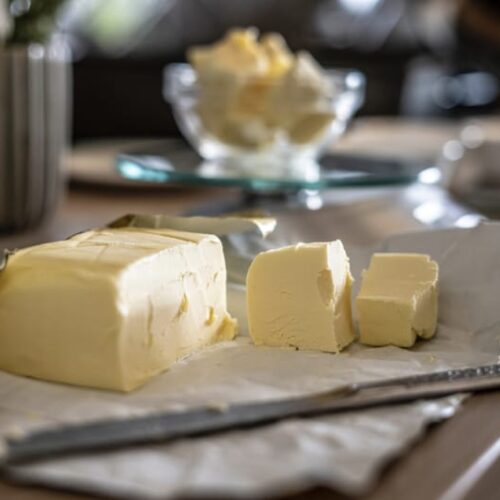
How to Make Unsalted Butter Salted
Ingredients
- 1 cup Unsalted butter, at room temperature (2 sticks)
- 1 teaspoon Kosher salt
- 1/4 teaspoon Freshly ground black pepper
Instructions
- In a bowl, cream the butter with a paddle attachment on medium-high speed until light and fluffy, about 2 minutes.
- Add the salt and pepper and beat on low speed until combined.
- Transfer the butter to a small bowl or ramekin and serve. Alternatively, you can store the butter in an airtight container in the fridge for up to 1 week.
- Simply spread the butter on your favorite bread or use it in any recipe that calls for salted butter.
- Enjoy!
How to make salted butter unsalted? Step-by-step
If you’re working with a recipe that calls for unsalted butter, but all you have is salted butter, don’t worry! You can make your own unsalted butter at home with just a few simple steps.
Ingredients
- Salted butter
- Milk
Instructions
- First, start by softening the salted butter to room temperature.
- Then, using a cheese grater, grate the butter into small pieces.
- Next, place the grated butter into a clean bowl and mix in 1/4 cup of milk for every 1 cup of butter.
- Finally, refrigerate the mixture for 30 minutes to allow the butter to harden. And that’s it! Now you have your own homemade unsalted butter that’s ready to use in any recipe.
Things to cook with salted butter
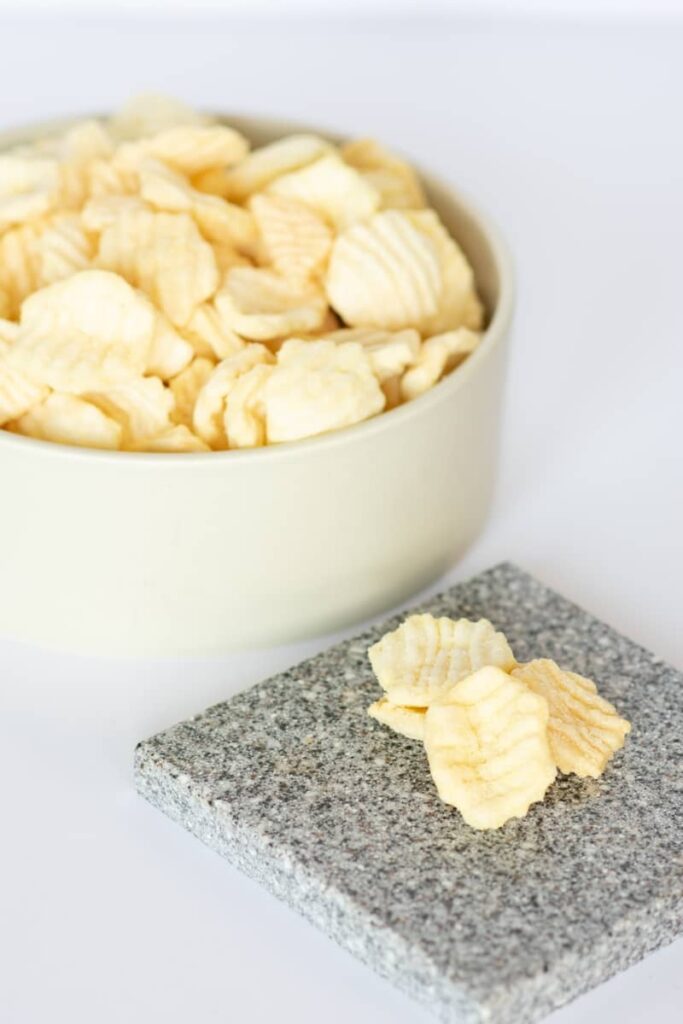
1. Grilled Cheese: There is nothing better than a classic grilled cheese sandwich made with salted butter. The key is to use high-quality bread and cheese and make sure the butter is well-salted.
2. Steak: A good steak needs nothing more than a little salted butter to make it extra special. Season your steak with salt and pepper, then cook it to perfection. Spread some butter on top and enjoy.
3. Corn on the Cob: This summertime favorite is even better when made with salted butter. Simply spread some butter on your corn before eating it and enjoy the added flavor.
4. Baked potatoes: A baked potato is the perfect vessel for salted butter. Top your potato with some sour cream, chives, and plenty of butter.
5. Popcorn: Movie night just got a lot better with this salty treat. Season your popcorn with some salted butter and enjoy.
6. Pasta: Butter makes everything better, including pasta. Toss cooked pasta with some salted butter and Parmesan cheese for a simple and delicious dish.
7. Seafood: Salted butter is the perfect complement to seafood. Whether grilling, broiling, or steaming, a little butter will take your seafood dish to the next level.
8. Soup: A dollop of salted butter can transform a simple soup into something special. Stir in some butter before serving, and enjoy.
9. Vegetables: Butter makes veggies taste even better. Season steamed or roasted vegetables with salted butter for a delicious side dish.
Things to cook with unsalted butter
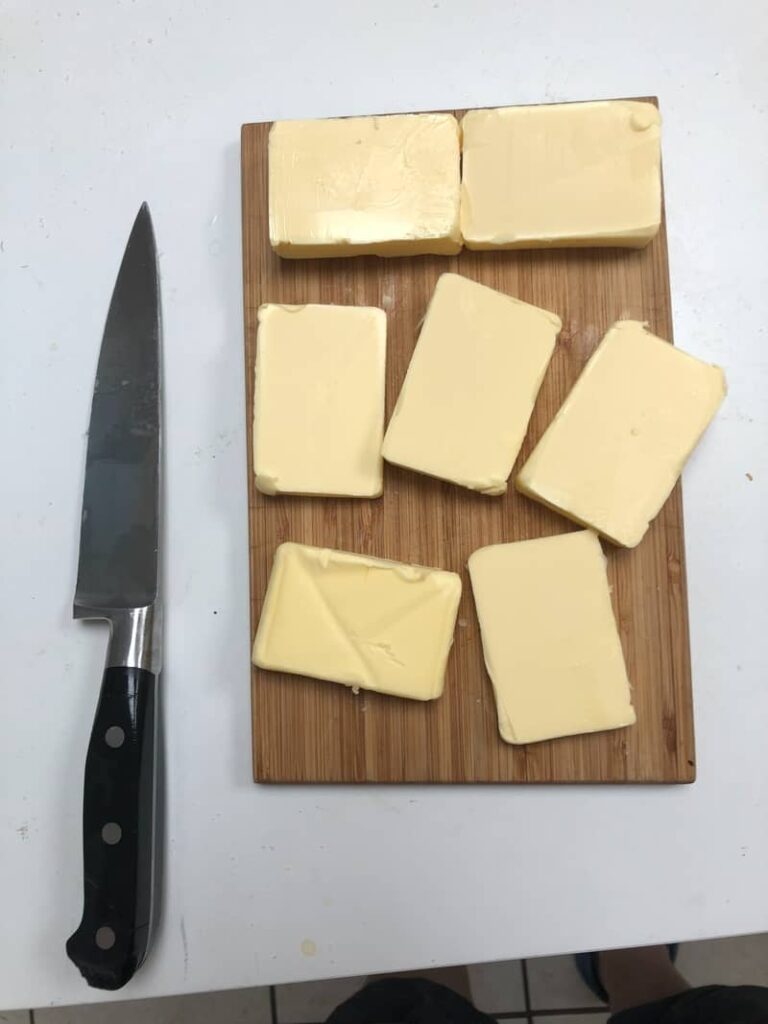
1. Pancakes: Unsalted butter is key to making light and fluffy pancakes.
2. Waffles: Same goes for waffles! The lack of salt lets the natural flavors of the batter shine through.
3. Cake: Unsalted butter is often used in cake recipes because it allows the baker to control the amount of salt in the final product.
4. Frosting: Buttercream frosting made with unsalted butter is light, fluffy, and not overly sweet.
Tips and tricks for a better salted and unsalted butter
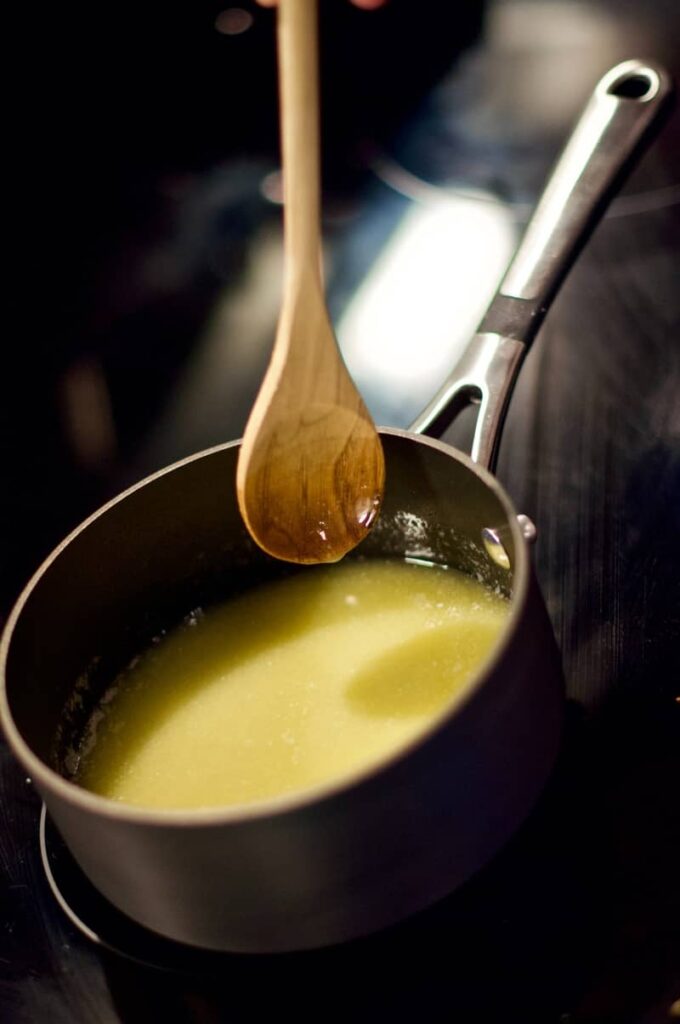
First of all, start with high-quality butter. This will make a big difference in the taste and texture of your finished product.
- Room temperature butter will mix more easily with the salt and other ingredients.
- If you’re using salted butter, start with less salt in the recipe and add more to the taste.
- Use a light hand when mixing the salt into the butter so that it doesn’t get too dense or clumpy.
- Cream the butter before adding the salt for a smoother texture.
- If you want to use unsalted butter but don’t have any on hand, you can make your own by mixing 1 cup of heavy cream with 1/2 teaspoon of salt.
- Store salted butter in an airtight container in the fridge for up to 1 week.
- Unsalted butter can be stored in the fridge for up to 2 weeks.
- If you’re using salted butter in a recipe that calls for unsalted, try reducing the amount of salt called for by 1/4 teaspoon.
- When baking with salted butter, keep in mind that the salt content will affect how the baked goods brown.
- Salted butter is great for adding flavor to savory dishes like roasted vegetables, grilled meats, and soups.
- Unsalted butter is ideal for baking because it allows you to control the amount of salt in the recipe.
- When storing butter, always wrap it tightly in plastic wrap or aluminum foil to prevent it from picking up unwanted flavors from other foods in the fridge.
And finally, butter can be frozen for up to 6 months. Simply place it in a freezer-safe container and thaw in the fridge when you’re ready to use it.
Final Words
Both salted and unsalted butter has pros and cons, so it comes down to personal preference. Salted butter is great for adding flavor to savory dishes, while unsalted butter is ideal for baking.
If you’re making a dish that calls for unsalted butter and all you have is salted, don’t worry – just use a little less salt in the recipe. And if you’re looking for a little extra flavor in your baking, go ahead and use salted butter. No matter which type of butter you choose, just enjoy it in moderation!
Similar Articles:


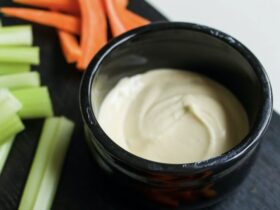
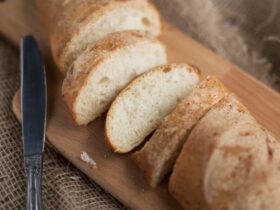
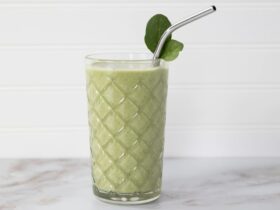
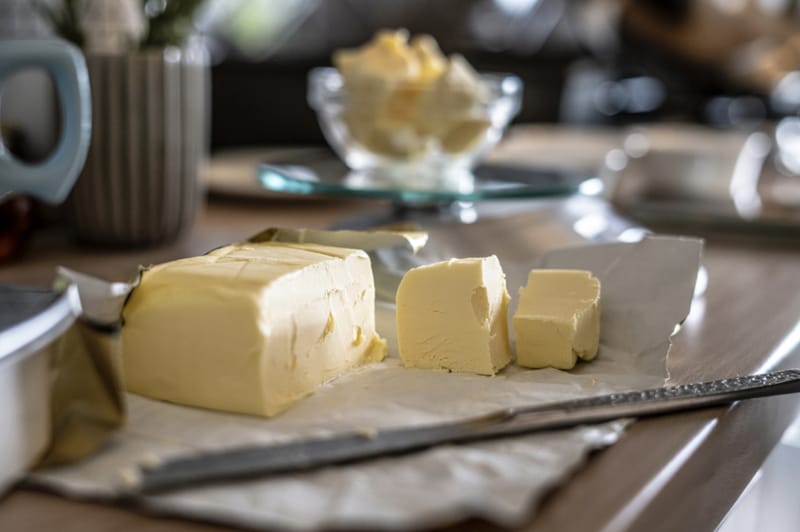

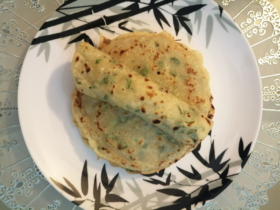




Leave a Reply